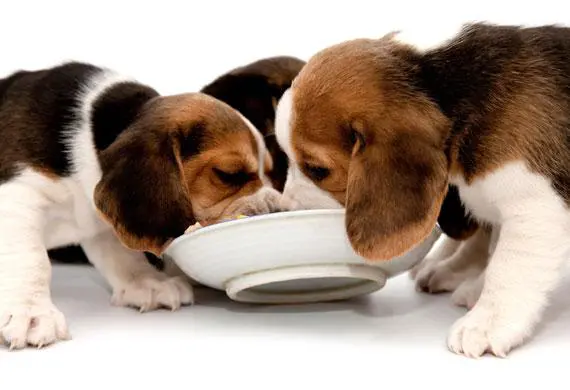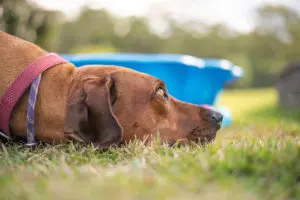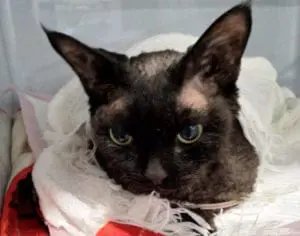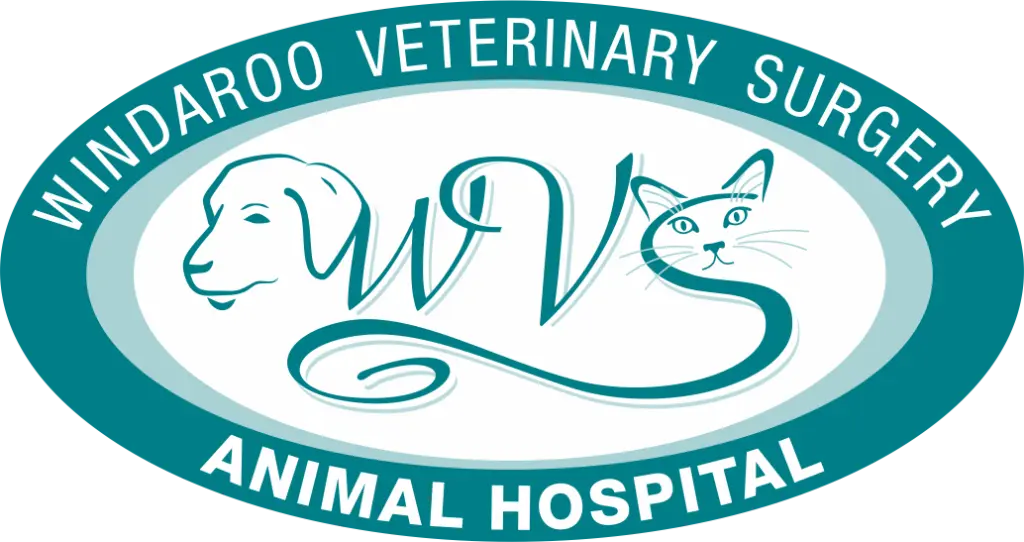[vc_row css_animation=”” row_type=”row” use_row_as_full_screen_section=”no” type=”full_width” angled_section=”no” text_align=”left” background_image_as_pattern=”without_pattern”][vc_column][vc_column_text]Written by WVS Veterinarian, Dr Jessie Waddle[/vc_column_text][vc_separator type=”transparent” up=”30″][vc_column_text]
Did your pet over-indulge this festive season and is looking a little rounder around the middle?
Studies have shown that between 33% to 44% of pets are overweight and this scary statistic is continuing to increase![/vc_column_text][vc_separator type=”transparent” up=”30″][vc_column_text]
FACTORS
Factors that influence or contribute to obesity in animals include:
- Breeds: such as Labradors, dachshunds, cocker spaniels and beagles.
- Age: as animals get older their daily energy-needs significantly decrease (but we tend to still feed them the same amount).
- Desexing: desexed animals lose certain hormones involved in metabolism and therefore require up to 30% less calories than undesexed animals. Desexed pets are often overweight as we tend to feed them as if they were still entire!
- Diseases: certain diseases such as Cushing’s and diabetes predispose animals to weight gain.
- Nutrition: poor quality and high fat diets contribute to obesity, as does feeding table scraps, ab lib feeding (continuous access to food) and the number of meals or snacks fed per day.
- Environment/socioeconomic factors: grandma feeding the animal under the dining room table; owners with busy lifestyles that aren’t able to exercise their pets frequently; elderly owners; owners that are overweight themselves.
- Activity level: reduced activity increases the risk of obesity.
- Other: Musculoskeletal and developmental abnormalities that impact on movement.
[/vc_column_text][vc_separator type=”transparent” up=”30″][vc_column_text]Obesity in pets is associated with medical problems that are similarly seen in overweight people. This includes: osteoarthritis, heart disease, diabetes, cancer and liver disease. Furthermore, overweight animals statistically have a shorter life span that is associated with a poorer quality of life.
To assess whether your pet is overweight and give it a body condition score, we look at the following aspects:
- Outline of the ribs without excess fat covering,
- Presence of a waist line when viewed from above, and
- A tucked up belly when viewed from the side.
Sometimes a blood test is required to rule out underlying diseases such as Cushing’s disease and diabetes is required.[/vc_column_text][vc_separator type=”transparent” up=”30″][vc_column_text]
BODY IMAGE
In numerous studies, it was observed that owners are often unaware of the body condition score of their pet, and consequently didn’t identify obesity as a problem. The next time you see your vet, take part in our Body Condition Score challenge and see how close you are to guessing the right score for your pet!
Just like in people, to address weight loss, the most important focus points are diet and exercise. We need to use a multi-modal approach to help your pet lose those extra kilos. Contrary to what society tells us, weight loss takes time and perseverance to achieve and progress is something to be celebrated (with hugs, not treats).
Overweight animals need to be fed diets that are low in calories but still nutritionally balanced. There have been a number of diets specifically developed that cater to these requirements. When feeding any diet, your pet needs to be fed based on its ideal weight – not their current weight. It is also important to accurately measure the amount of food your pet is receiving – we often over feed without even realising it.[/vc_column_text][vc_separator type=”transparent” up=”30″][vc_row_inner row_type=”row” type=”full_width” text_align=”left” css_animation=””][vc_column_inner width=”1/2″][vc_column_text]
HOT TIPS
– Compare what you would normally feed your pet to a measured dose! Using a smaller bowl, or a slow feeder bowl helps us reconfigure our ideas about portion control.
– Feeding your pet at set times is more effective than having food constantly available. You can use toys, such as Kongs to turn your pet’s meal time into a fun, mentally stimulating and active game!
– Feeding your pet treats is part of developing and maintaining the human-animal bond and making your pet feel loved. But, treats count as calories too! You can offer your pet “healthy” treats such as carrots and beans, or reduce the amount of food at meal times[/vc_column_text][/vc_column_inner][vc_column_inner width=”1/2″][vc_single_image image=”16902″ img_size=”full” qode_css_animation=””][/vc_column_inner][/vc_row_inner][vc_separator type=”transparent” up=”30″][vc_column_text]
GET MOVING
Exercise promotes energy expenditure, which in turn contributes to weight loss.
In overweight animals, the amount and intensity of exercise needs to be increased slowly. Exercising with your pet can strengthen your bond and provide much needed mental stimulation. A nice romantic walk, a date to the dog park or swimming at the beach are great ways to get your pet up and moving. As an added bonus, it is great for your health too.
Encouraging cats to exercise can be difficult. To get them up and moving, scatter their meal around the house, place some up high to encourage climbing and in treat-dispensing toys designed. Note lasers are a great way to get your cat moving, and it is immensely entertaining to watch.
We recommend weekly weigh-ins until your pet has achieved their weight loss goal to ensure they are losing, not gaining weight. A healthy weight loss goal is 1% to 2% of body weight per week. Monthly weigh-ins allow us to monitor whether your pet is actively maintaining their healthy weight
If your pet is overweight discuss with your veterinarian on how you can help get them looking fit and fabulous again.[/vc_column_text][vc_separator type=”transparent” up=”30″][/vc_column][/vc_row]





